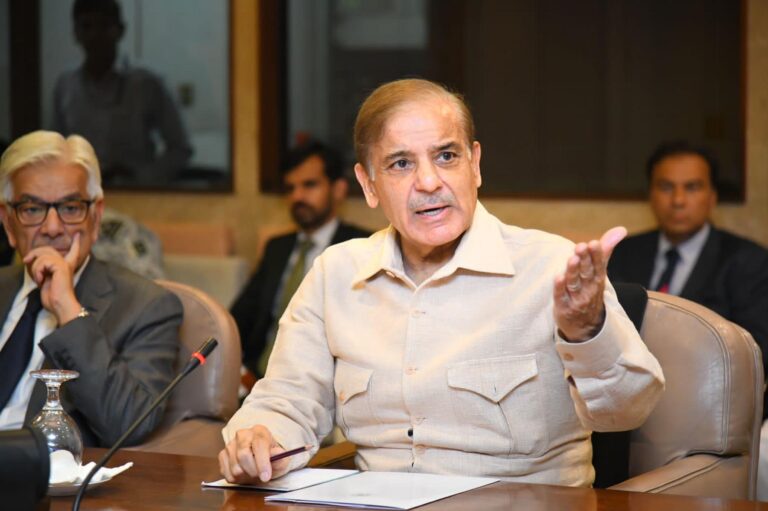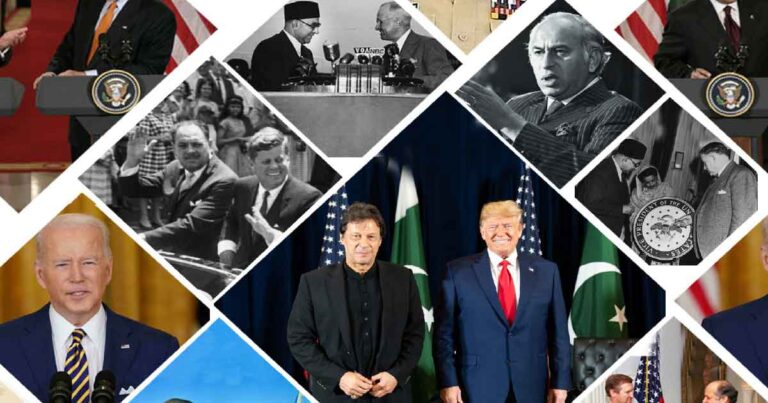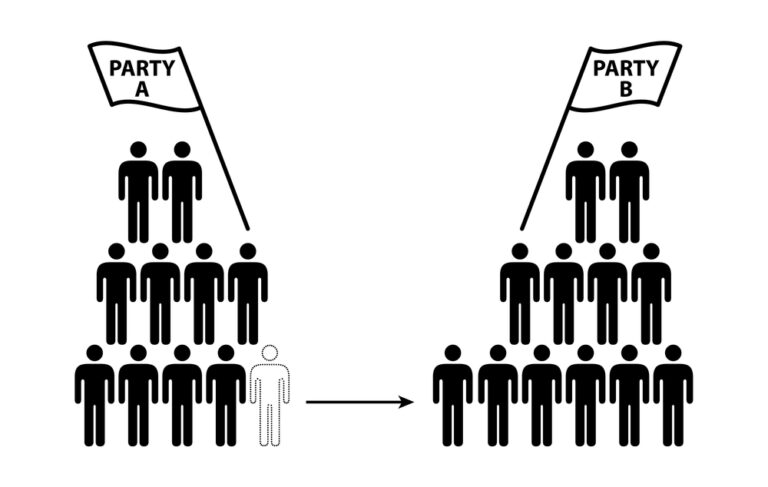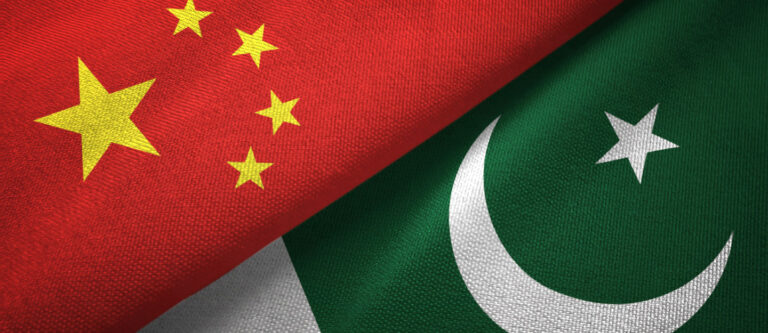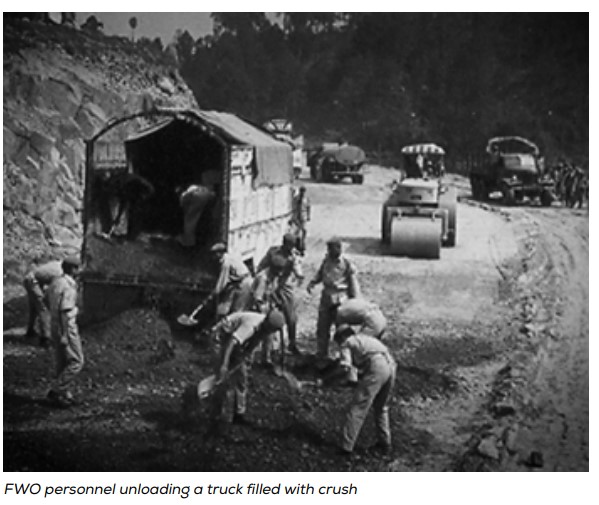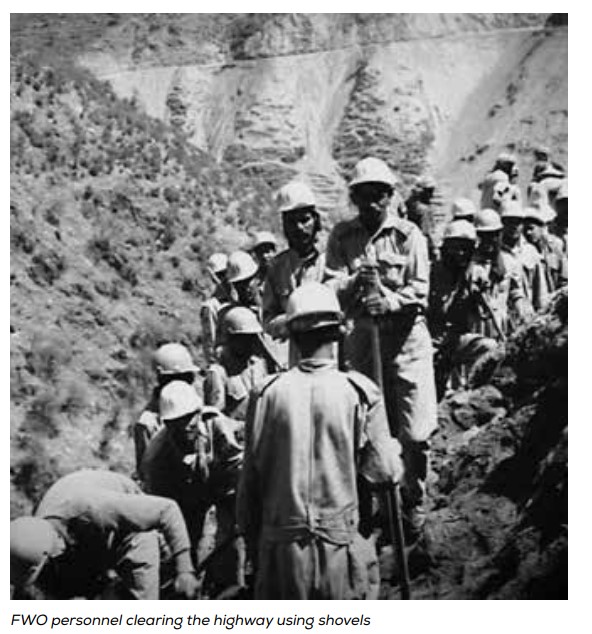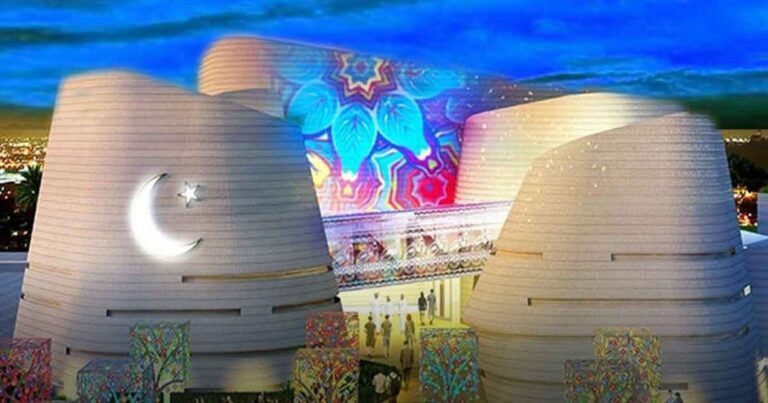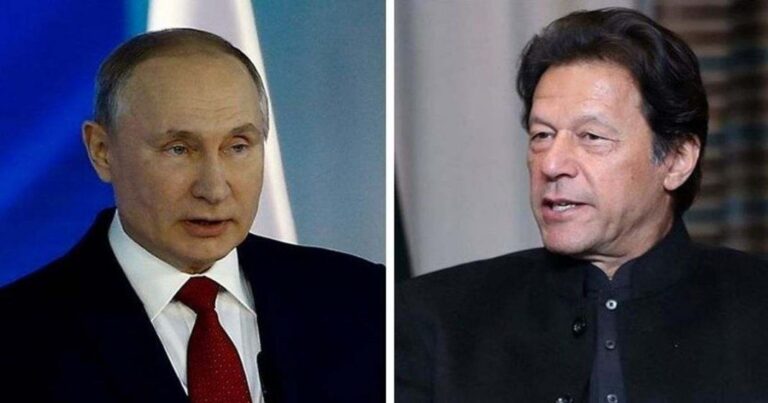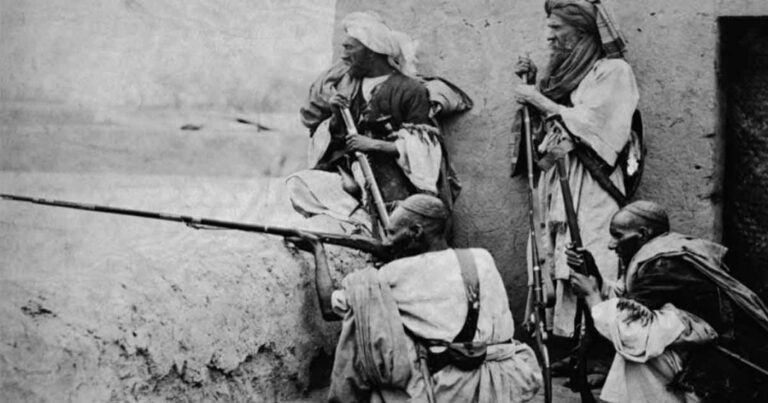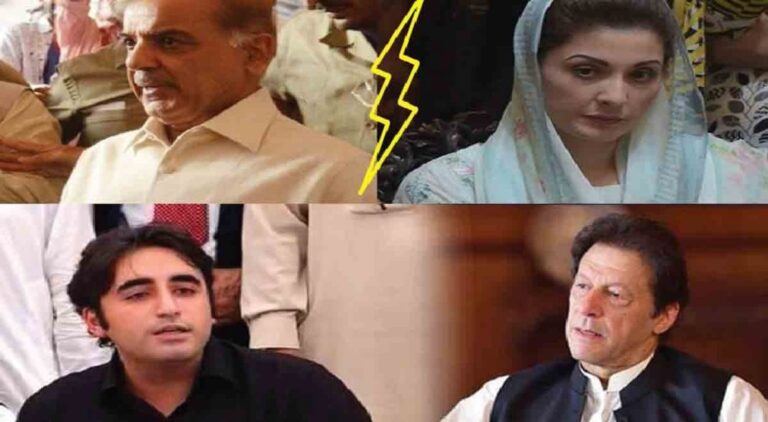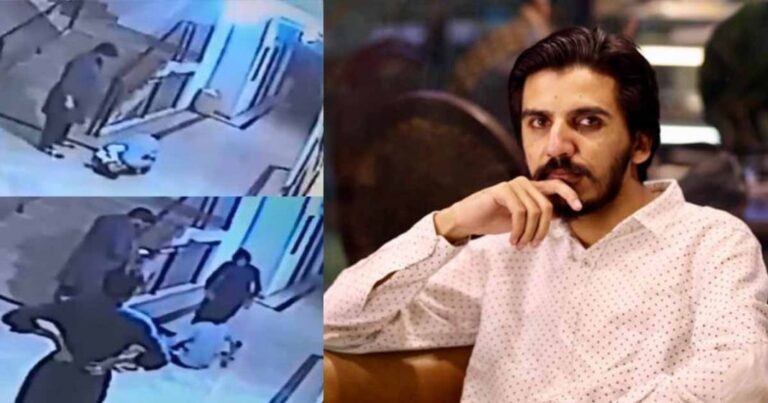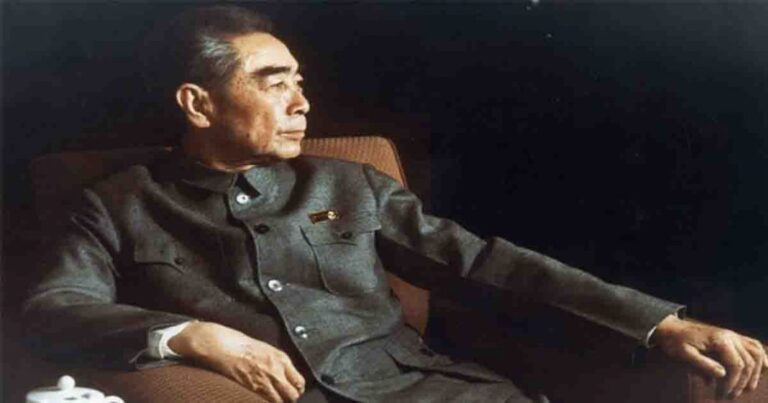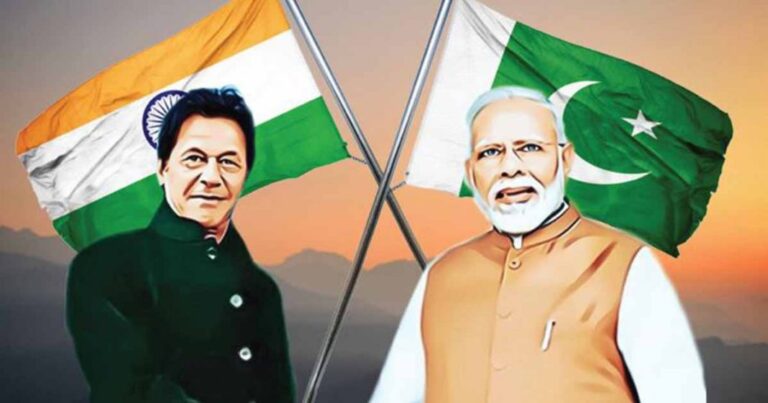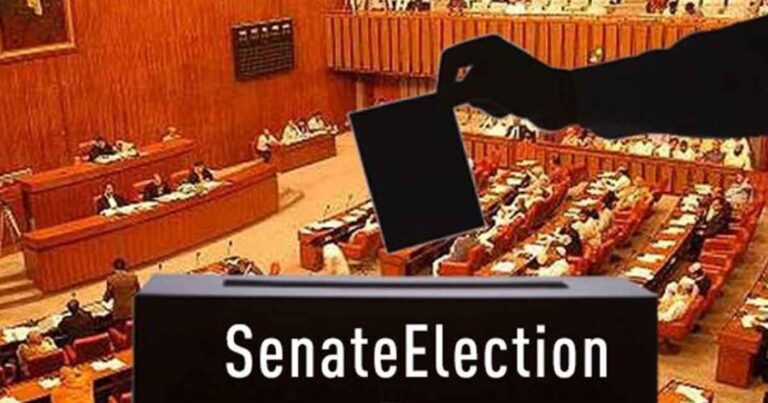London engraver and cartographer John Spilsbury is credited for producing the first-ever jigsaw puzzle around 1760. However, a further bit of research reveals that the art of cutting painted maps, using saws, into pieces existed much before him – thus the name “jigsaw puzzle.”
Early puzzles, known as dissections, were produced by mounting maps on hardwood sheets and cutting along national boundaries, creating a puzzle useful for teaching geography to students. But the Afghan jigsaw puzzle is more than just geography.
It is about the history of the regions in and around Afghanistan; it is about all those areas we now call Pakistan, Iran, Turkmenistan, Uzbekistan, and Tajikistan, and it is about Pashtuns, tribal cultures, Islam, and the human mind’s in-built inertia – its resistance to change. But then this resistance of the mind, its refusal to let go, surrender its ideas, is on both sides or perhaps all sides.
Most have heard of the ‘”Great Game,’” a strategic rivalry between the expanding British and Czarist Russian empires in the 19th century. However, far too little is remembered of how it was precisely this mutual fear and insecurity between the English and the Russian imperial systems that forced boundaries of a modern state onto Afghanistan.
Before that, Afghan kings and princes existed – and some of them had been very successful in amassing large territories, such as Ahmed Shah Abdali, who defeated the Maratha empire in 1761 – but they controlled an ill-defined corridor between Persia, Central Asia, and Hindustan.
It was this ill-defined corridor through which generations of invaders descended towards what was then called ‘Hindustan’ – Aitzaz Ahsan’s Indus civilization. One of them was Zaheer Ud Din Babar, the founder of the Mughal Empire who originated in Ferghana, now in modern Uzbekistan, not far from Tashkent. It was an era of city-states.
The Second Anglo-Afghan War (1878–1880) resulted from the refusal by Emir Shir Ali (reigned 1863 to 1866, and from 1868 to 1879) to accept a British diplomatic mission in Kabul. In the wake of this conflict, Shir Ali’s nephew, Emir Abdur Rahman, known as the “Iron Emir,” came to the Afghan throne.
During the reign of Iron Emir (1880–1901), the British and Russians officially established the boundaries of what would become modern Afghanistan – it was thus not by the internal will or political dynamics of the Afghans but by the coercion of the outside powers that wanted to define their frontiers and keep Afghans as a buffer between them.

Abdur Rahman’s reforms of the army, legal system, and a centralized structure of government gave Afghanistan a degree of unity and stability, which it had not known before. But the British, sitting in Delhi – or more appropriately in Rawalpindi cantonment – retained effective control over Kabul’s foreign affairs, a humiliating situation that only ended with the Third Anglo-Afghan War in 1919.
Afghanistan’s Pangs of Modernization
King Amanullah Khan, son of Habib Ullah Khan, moved to end his country’s traditional isolation in the years following the Third Anglo-Afghan war. This was a time when the Muslim ruling elite in all countries – from Turkey to Egypt – wanted to modernize and thus openly advocated western-style secularism. Amanullah established diplomatic relations with most major countries and ended up becoming a great admirer of Kamal Ataturk – the founder of the modern Turkish state.
But Ataturk’s influence first came into his life in 1913, when as a prince, he fell in love with his would-be wife, Soraya, daughter of Mahmud Beg Tarzi. Mahmud Baig subsequently became Amanullah Khan’s Foreign Minister, influenced the young King’s mind, and introduced several reforms intended to modernize Afghanistan.
Tarzi – forgotten today in an Afghan discourse focused on Taliban, America, and ISIS – was Afghanistan’s biggest reformer of the 20th century. He was a poet and philosopher who was fluent not only in his native Pashto but could also converse in Farsi, Dari, Turkish, French, Arabic, and Urdu.
He had spent time in exile in Karachi, Syria, and Turkey under the Ottoman empire in the last decades of the 19th century and had imbibed ideas of a changing world from his exploration of the Middle East and the eastern Mediterranean. He had encountered the great Muslim modernizer of the age, Jamal ad-Din al-Afghani, in Constantinople. Tarzi was an ardent supporter of education for women.
He fought for Article 68 of Afghanistan’s first constitution (declared through a Loya Jirga), which made elementary education compulsory. However, some of the reforms that were put in place, such as the abolition of the traditional Muslim veil for women and the opening of several co-educational schools, quickly alienated many tribal and religious leaders – but that was not the only thing.

Soraya – Mahmud Baig Tarzi’s elegant daughter – who was born in Syria and grew up across the Ottoman world, was the first Queen of Afghanistan in 1926. However, her modernizing influence on Kabul dates to the day young prince Amanullah fell in love with her in 1913 (or earlier). She forced him to renounce his Harem and made him monogamous, accepting her as his only wife – a new thing for an Afghan king.
Queen Soraya: The woman who helped shape modern Afghanistan
Afghanistan Queen Soraya was the first Muslim consort who appeared in public together with her husband, something which was unheard of at the time. She participated with him in the hunting parties, riding on horseback, and in some Cabinet meetings as well. Under the influence of Mahmud Tarzi, Soraya, and the modernizers they brought in, Amanullah drew up the first constitution, establishing the basis for the formal structure of the government and setting up the role of the monarch within the constitutional framework.
Soraya, from 1921 onwards went on to create a revolution in Afghan cultural life; she founded magazines for women like “Ishadul Naswan (Guidance for Women)” and organizations, like “Anjuman-i Himayat-i-Niswan” which promoted women’s welfare. She organized a theatre in Paghman for breaking the isolation of their harems and created an office where women could report mistreatment by their husbands, brothers, and fathers.
Encouraged by Soraya, King Amanullah publicly campaigned against the veil, against polygamy, and encouraged the education of girls not just in Kabul, but also in the countryside. The emancipation of women became part of Amanullah’s reform policy, and the women of the royal family, particularly his wife and sisters, acted as the role models for of this change.
This unveiling of women was a controversial part of the reform policy – -and it was being pushed too fast, and too hard. Women of the royal family already wore Western fashion before the accession of Amanullah, but they did so discreetly only within the enclosed royal palace complex and always covered themselves in a veil when leaving the royal area – the kind of veil that was again seen on the streets of Kabul and Jalalabad after the US occupation (2001-21).
But throughout her husband’s reign, Queen Soraya wore wide-brimmed hats with a diaphanous veil attached to them. Her official portraits, of the 1920s, with bare arms and exposed shoulders, would have created a storm in Hamid Karzai’s Afghanistan.
On August 29th, 1928, Amanullah held a Loya Jirgah, a grand assembly of tribal elders, to endorse his development programs; 1,100 delegates were required to wear European clothes provided for them by the state.
Amanullah was clearly trying to emulate Turkish modernizer Mustafa Kamal Ataturk, who had forced Turkish nobility and later farmers to wear European hats instead of traditional Ottoman-era Turkish Fez. But there were huge differences between a gradually modernizing Turkey across the melting pot of the Mediterranean, and a landlocked tribal Afghanistan.
Modernizers provoked the First Afghan Civil War
King in this Loya Jirgah, argued for women’s rights to education and equality. He told the Jirga that “Islam did not require women to cover their bodies or wear any special kind of veil” and asked his wife to discard her veil. At the conclusion of the speech, it is said that Queen Soraya, in almost an almost dramatic gesture, tore off her veil (hejab) in public, and the wives of other officials present at the meeting followed this example.
After that, Soraya appeared in public without a veil, and the women of the royal family and the wives of government employees followed their example. This policy was also endorsed in Kabul by reserving certain streets for men and women dressed in modern Western clothing. This was the beginning of the first Afghan Civil War (1928-29).
Though the revolt of the Shinwari in November 1928 was quelled, a concurrent Saqqawist uprising in the North eventually managed to depose Amanullah, leading to Habibullāh Kalakāni taking control of Kabul. Soraya and her family found exile in Italy; she never returned before her burial in 1968.
Though, Prince Mohammed Nadir Khan, cousin of Amanullah Khan, King Amanullah Khan and Queen Soraya Tarzi during their tour of Europe circa 1926 soon defeated and executed Habibullāh Kalakāni in November 1929, and was declared King Nadir Khan. But as he began consolidating power and regenerating the country, he abandoned the reforms of Amanullah Khan in favor of a more gradual approach to modernization. In 1933, however, he was assassinated in a revenge killing by a student from Kabul.
Mohammad Zahir Shah, Nadir Khan’s 19-year-old son, succeeded to the throne and reigned from 1933 to 1973 till the coup by his cousin, Sardar Daud Khan, who later fell to the Marxist rebellion under People’s Democratic Party of Afghanistan (PDPA).
What happened in the first quarter of the 20th century marks an important and painful chapter in the Afghan history. In an ill-defined country that was beginning to become a state under the diktat of imperial British and Russians, local ruling elites – imagining themselves to be in Istanbul or Damascus – tried imposing modernity and centralization, and the tribal society, used to its autonomous lifestyle stye and medieval cultural values rebelled against this sudden change. Islam inevitably became the poster of resistance in such a cultural clash – though it was not about Islam.
Marxist Modernizers destroyed the equilibrium of Afghan society
Afghan elite under Zahir Shah and his changing cabinets did not surrender the cause of modernity or centralization – but they were cautious. By 1973, Afghanistan had achieved a new equilibrium of its own with westernized elite living in cities like Kabul and Herat, where women in universities could be found in pants or even skirts, and people from conservative Peshawar used to arrive to enjoy freedoms from the stultifying life of Pakistan’s growing conservatism.
But this Afghanistan that facilitated thousands of tourists trotting the globe and entering Pakistan from Khyber Pass had a balance between the liberal cities and conservative countryside. Then came the mad modernizing Marxists of PDPA – modern day Huns – in the Saur Revolution of 1978, who overthrew and assassinated Sardar Daoud Khan. Their unrelenting fanatic pursuit of modernization, the emancipation of women, and the strong central state ignited the new civil war that has not ended till now.
Once in power, the PDPA implemented a Marxist–Leninist agenda. It moved to replace religious and traditional laws with secular and Marxist–Leninist ones. Men were obliged to cut their beards, women could not wear a chador, and mosques were placed off-limits. The PDPA made a number of reforms on women’s rights, banning forced marriages and giving state recognition of women’s right to vote.
Anahita Ratebzad, a prominent Marxist leader and a member of the Revolutionary Council wrote the famous New Kabul Times editorial (May 28th, 1978) declaring: “Privileges which women, by right must have, are: equal education, job security, health services, and free time to rear a healthy generation for building the future of the country, educating and enlightening women is now the subject of close government attention.” The PDPA also carried out socialist land reforms and moved to promote state atheism.
The PDPA invited the Soviet Union (USSR) to assist in modernizing its economic infrastructure (predominantly its exploration and mining of rare minerals and natural gas). The USSR sent contractors to build roads, hospitals, and schools and to drill water wells; they also trained and equipped the Afghan army.
On paper, all looked good as something that was needed to jolt a medieval rural side into the 20th century. But the accompanying repressions plunged large parts of the country, especially the rural areas, into open revolt against this new Marxist–Leninist government.
By spring 1979, unrest had reached 24 out of 28 Afghan provinces, including major urban areas. Over half of the Afghan army had either deserted or joined the insurrection. Most of the government’s new policies clashed directly with the traditional Afghan understanding of Islam, making religion one of the only forces capable of unifying the tribally and ethnically divided population against the unpopular new government and ushering in the advent of Islamist participation in Afghan politics.
This chaos against the central authority brought the Soviet Army to Kabul in December 1979, and then came CIA, ISI, MI6, RAW and all other troublemakers to fight jihad against infidels. When the Soviets were forced to leave in February of 1988, and Dr. Najib’s communist government fell in 1992, the country was plunged into another civil war – far more fratricidal than all conflicts and wars that had happened before.
Kabul and other cities were not demolished by the Red Army, but by the rockets of the so-called Mujahideen and their rivals from the North. It was this chaos that drove away whatever urban intelligentsia was left in the cities.
And when the Taliban emerged from a shattered countryside in 1994 as products of this chaos, all layers of urban modernizers – the genotypes of Khalid Hosseini, author of Kite Runners – Afghanistan had accumulated since 1880’s had either left, fled, or were killed.
Birth of the Taliban 1.0
Taliban, a product of “Freudian Regression” of a complex social order, were rural men, with a primitive belief system, without any conception or cognizance of the modern world outside their frontiers. Their challenge was widespread chaos and tyranny of war lords and their solutions for justice – floggings, hangings, and amputations – were coming straight from the book of the village mullah.
It’s like, if a civil war destroys Islamabad, denudes it of its complex multi-layered intelligentsia and a new city administration later emerges out of the villages surrounding Islamabad, then that administration naturally will not have the sophisticated cerebral mind that Pakistan’s beautiful capital city has accumulated over the past 60 years.
The New Taliban (Taliban, 2.0) is now an evolved product of a protracted process of war and negotiations. The Doha Agreement Deal between Washington and the Taliban is an important milestone, in the history of this region and the world, that offers us all an exit from the nightmares of the past.
Dealing with these New Taliban through regional and international carrot and stick and financial pipelines offers the best future for gradual modernity for Afghanistan, for women’s education, minority rights, and above all, peace, and stability in the region.
This is not a time for media demonization, diplomatic abandonment, sanctions, freezing funds, and suspending IMF and World Bank programs, but for pursuing engagement with greater vigor. Afghanistan and the world have a chance to bring back the Kabul of the 1970s and heal the wounds of 100 years of war.

